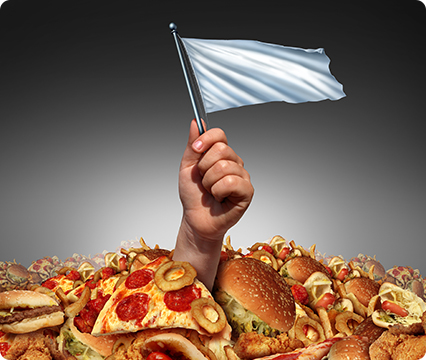Food craving in daily life: Comparison of overweight and normal-weight participants with ecological momentary assessment
In this study by Roefs et al. (2019), the authors investigated the impact on food cravings through eating and non-eating time points throughout the day in a population of 43 normal-weight and 57 overweight adults, with the presumption that overweight adults were more likely to experience high caloric palatable food cravings of increased frequency, magnitude, and variety, in addition to increased consumption compared to normal weight adults. The authors used the Ecological Momentary Assessment (EMA) to investigate the relevant aspects related to food cravings, and evaluated the participants at eating events and around eight randomized non-eating time points daily for a period of two weeks. The investigated food categories included: soup, yogurt, fruits, salads, staple foods (cornflakes, pasta, potato or rice side dishes), sandwiches, and high-caloric highly palatable foods (HCHP). Analysis of the results revealed that normal-weight participants had higher food cravings for the staple foods category during eating events, compared to their overweight peers. On the other hand, a substantial increase in the frequency of HCHP food cravings during non-eating events, and in the variety of HCHP foods craved during both eating and non-eating events, was observed in overweight participants compared to their normal-weight peers. The authors discuss the significance of their findings in directing the development of obesity interventions that are aimed at reducing both the variety of HCHP foods craved and the frequency of HCHP cravings outside of meal times. Finally, the authors nominate utilizing mobile devices to deliver craving-reducing interventions due to their ease of use and individual intervention customizability. [NPID: Ecological Momentary Assessment, experience sampling, food craving, obesity, overweight]
Year: 2019
 Navigation
Navigation






